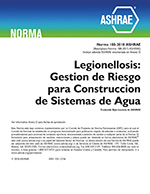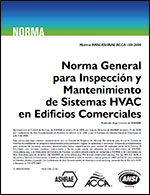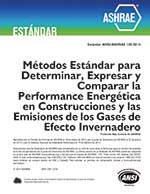Description
The Technical University of Denmark has been carrying out research in the energy balance of buildings in relation to indoor climate for decades. The lasttwo decades have seen a major role played by research in the field of Integrated Energy Design (IED) focusing on the earliest design phases. The researchhas showed that the greatest effect in relation to achieving net-zero-energy buildings is achieved when indoor climate and energy simulation tools are appliedfrom the very first architectural sketches, where geometry, façade design, orientation, etc. are determined. Large architectural offices and engineeringconsultancies in Scandinavia have invested in software and interdisciplinary design teams to carry out Integrated Energy Design (IED). Legislation hasbeen altered and simulations of indoor climate and energy balance are now required to obtain building permits. IED has been rolled out extensively in thebuilding industry. Having reduced the energy needed to operate the indoor environment to almost zero by designing with knowledge and optimizingsystems, the energy needed to construct the building and its systems is now prominent in importance. The CO2 impact of buildings has become animportant parameter because sustainability certification systems like the Deutsche Gesellschaft für Nachhaltiges Bauen (DGNB) have taken the lead inEurope. The DGNB system includes Life Cycle Assessment (LCA), and the Danish government has stated that Denmark must be CO2 neutral by2050. The focus in design is shifting from energy and indoor climate to CO2 impact. The experience from the decades of IED shows that the largestgains in reduction come from the early design phases. LCA in relation to buildings has to include the energy needed to operate the building’s indoorclimate as well as the CO2 embodied in the building. This makes the simulations far more complex. LCA thus tends to be placed in the last phases ofdesign and used for certification, so that only a single iteration is needed. However, real-time LCA simulation tools are required if designers are to basedesign decisions not only on knowledge about indoor climate and energy balance but also on LCA. This paper presents the efforts at DTU’s Departmentof Civil Engineering to develop a real-time LCA simulation tool, including indoor climate and energy balance simulation (based on Energy +) and thefirst round of implementing the tool at well-esteemed architectural offices in Scandinavia. The development of the real-time LCA-indoor climate- energybalance tool was funded by Nordic Built.
Citation: 2016 Annual Conference, St. Louis, MO, Conference Papers
Product Details
- Published:
- 2016
- Number of Pages:
- 8
- Units of Measure:
- Dual
- File Size:
- 1 file , 1.1 MB
- Product Code(s):
- D-ST-16-C061




